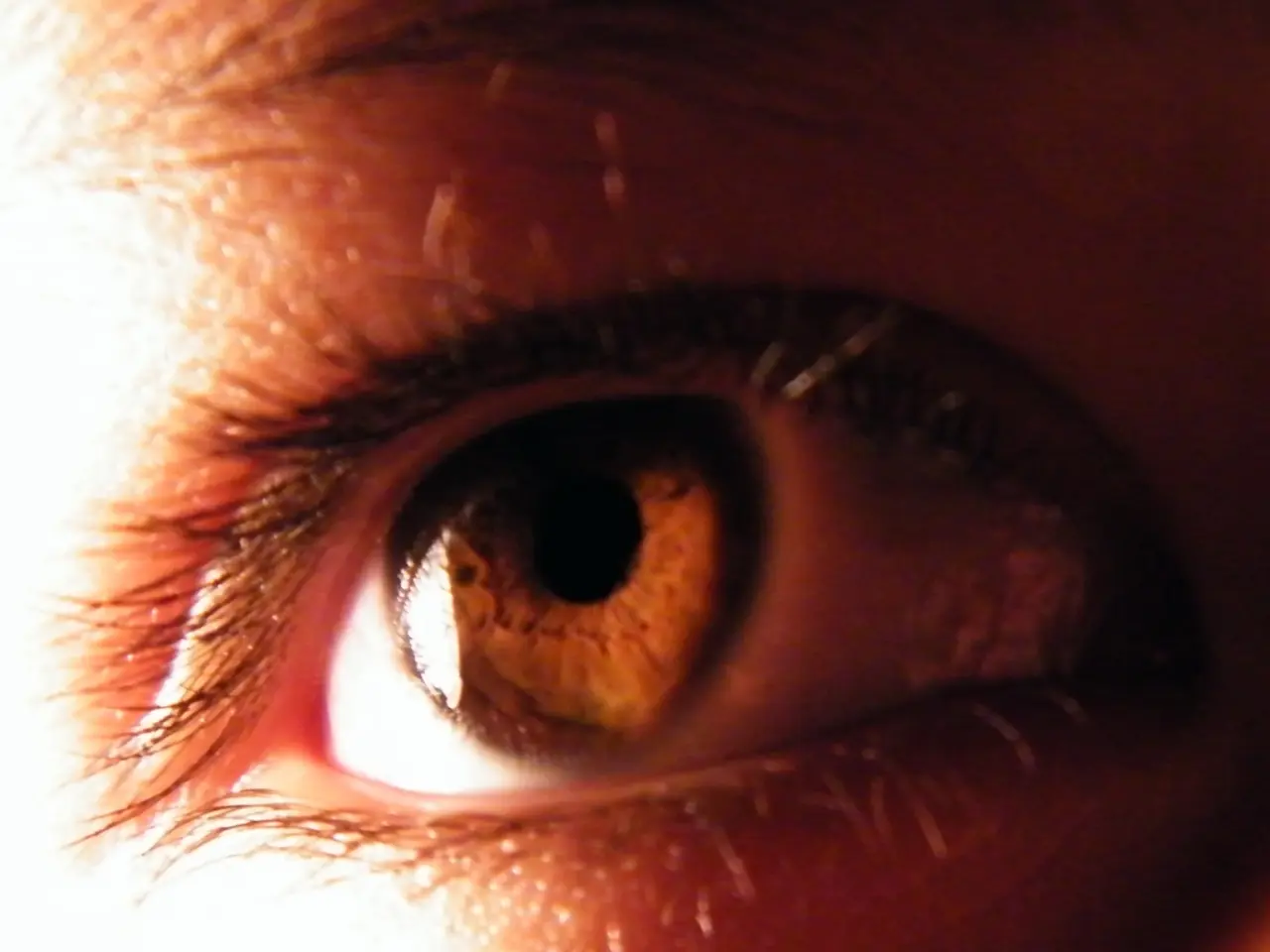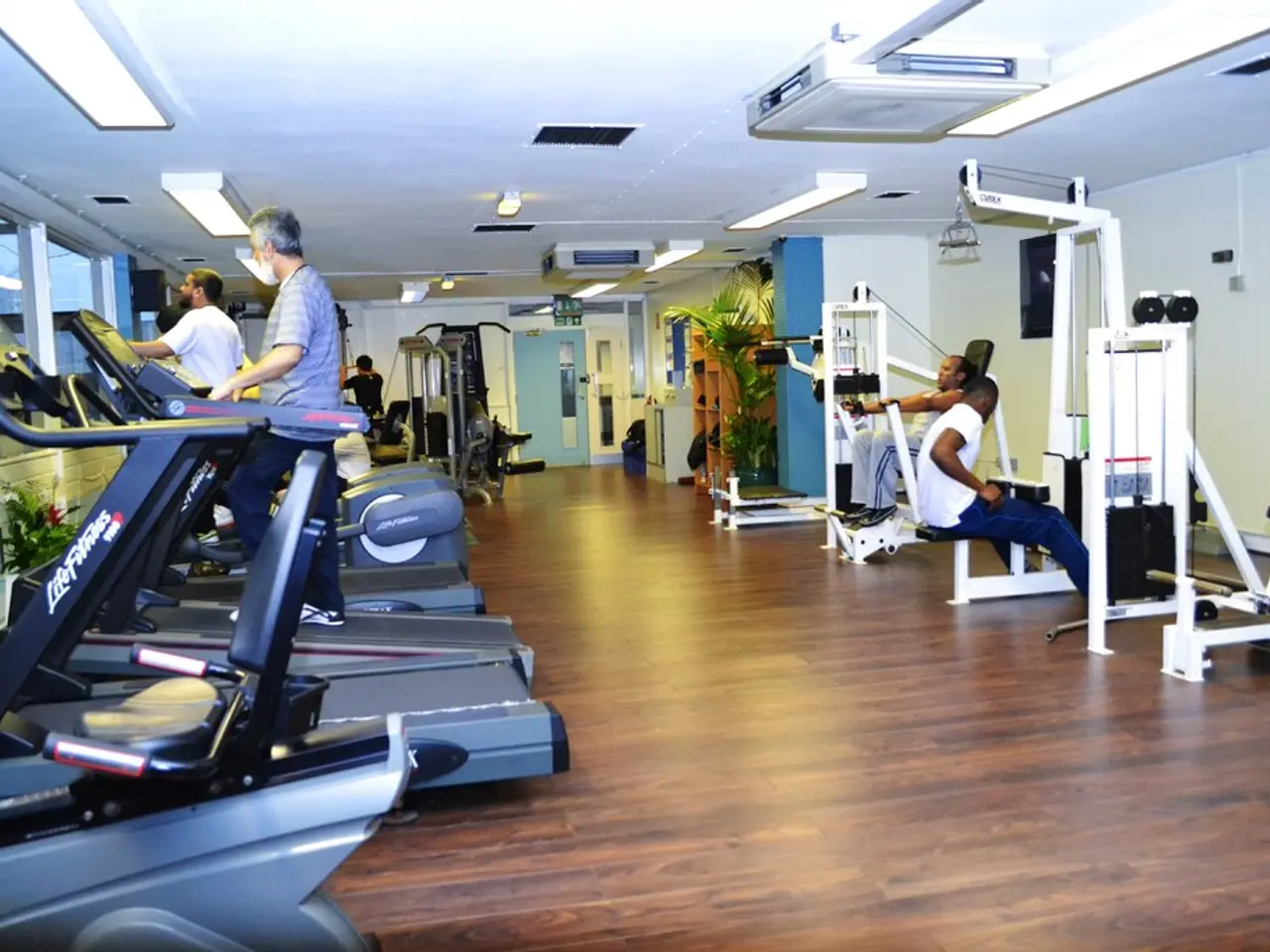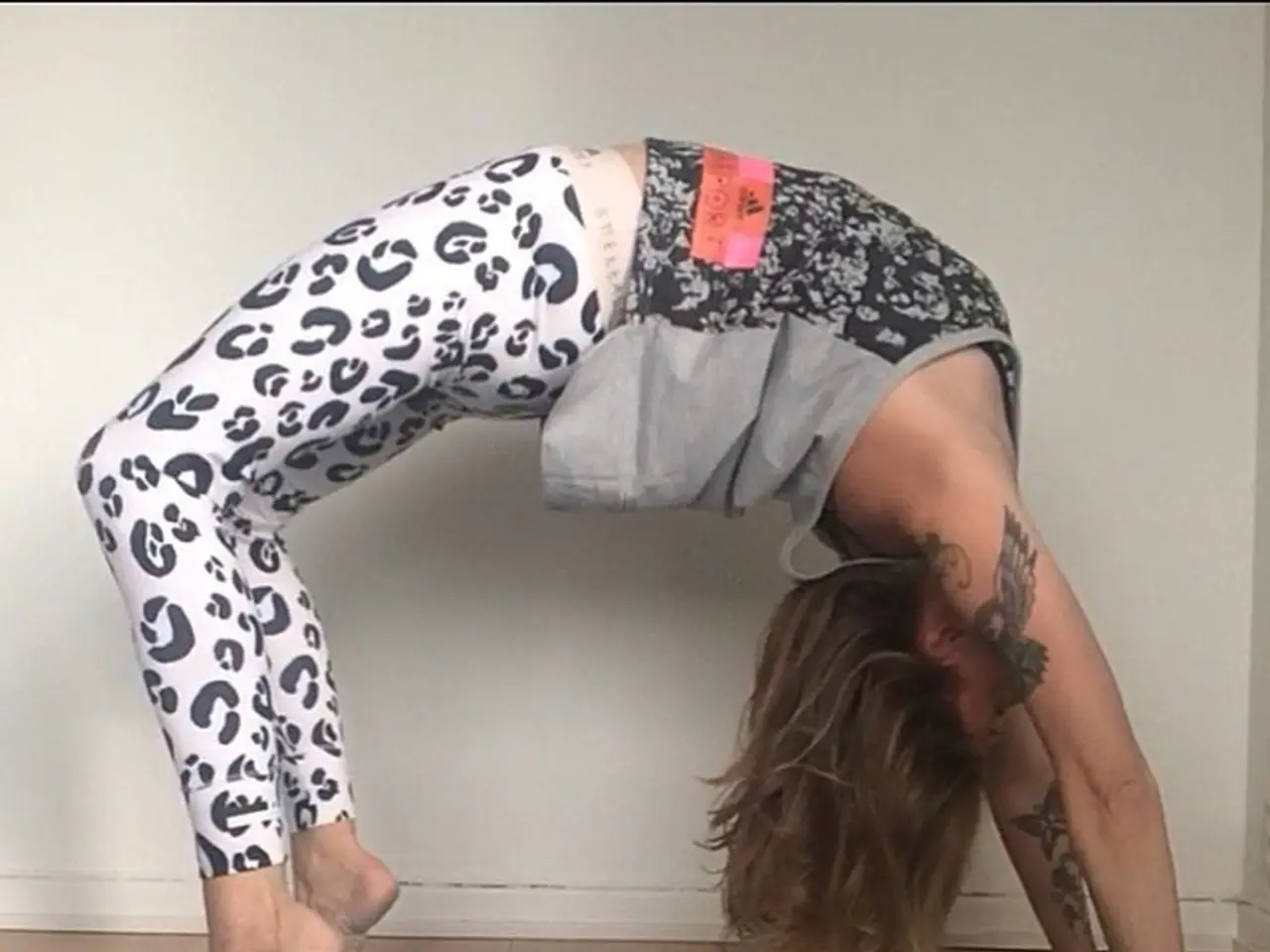Surgical Treatment for Droopy Eyelids: Process, Outcomes, and Further Details
Blepharoplasty is a common surgical procedure that focuses on the eyelids, aiming to improve both their function and appearance. This procedure is often sought after for addressing issues such as sagging upper eyelids that impair vision, removing excess eyelid skin, and reducing puffiness or bags under the eyes [1][3][5].
The Procedure
The surgical process is tailored to each individual's anatomy and goals. For upper eyelids, the surgery involves removing excess skin, muscle, and fat through incisions in the natural eyelid crease to minimise visible scars. Lower eyelid blepharoplasty targets puffiness and loose skin by removing or redistributing fat and tightening skin, with incisions either inside the lower eyelid or just below the lash line [1][3][5].
The procedure is typically performed under local anesthesia or intravenous sedation as outpatient care [1][5]. Incisions are made in natural creases or inside the eyelids to conceal scars, and the tissue removal or repositioning is tailored to improve both function and appearance [1][3][5]. After the surgery, patients are monitored for a few hours before being discharged [1][2].
Potential Risks
While rare, potential risks include hematoma (blood collection under the skin), approximately 1% risk [2]. General surgical risks like infection, scarring, dry eyes, or temporary vision changes may also occur. Overcorrection or asymmetry in rare cases is another known risk in eyelid surgery [2].
Recovery Process
Recovery from blepharoplasty involves a series of stages. Immediately after the surgery, swelling and bruising around the eyes begin and typically reduce by 70% within two weeks; residual swelling may take up to 8–12 weeks to fully resolve [2].
In the first few days, patients are advised to rest with their head elevated, apply cold compresses (such as frozen peas on the eyes), and manage pain with mild pain relief like Tylenol [2][4]. Stitches are usually removed around Day 5 to 7 post-op [2].
Patients commonly return to normal activities and work about 7–10 days after surgery but should avoid strenuous exercise for up to 3–4 weeks [2][4]. Complete healing and scar maturation occur over several months; final results often become visible within 2–3 months, providing a more youthful, rested appearance that can last many years [2][4][5].
Recovery Stages
| Timeframe | Key Recovery Features | |----------------------|--------------------------------------------------------| | First 48 hours | Rest, head elevation, liquid diet initially, cold compresses, mild pain relief [2] | | First week | Swelling and bruising diminish; stitches removal around Day 5; avoid strenuous activity [2][4] | | Second week | Most bruising/swelling almost gone; patients resume normal work, but avoid intense exercise [2] | | One month | Significant improvement; scars start fading [2][4] | | Several months | Complete healing, final results visible [2][4] |
Preparing for the Procedure
Before undergoing blepharoplasty, it is important to schedule an in-office consultation with a surgeon to discuss the procedure. A person should write down any questions they have in the days leading up to the consultation and have a brief medical history ready, including a list of medications they are taking and dosages.
Cost and Insurance
The average cost of cosmetic eyelid surgery was $4,120 in 2020, not including the cost of anesthetic, operating room facilities, or other expenses such as prescriptions. Insurance may cover or partially cover the cost of blepharoplasty if the person's vision needs correction [6].
In conclusion, blepharoplasty is a safe and effective procedure for improving eyelid function and aesthetics. Careful candidate selection and surgeon expertise minimize risks and optimize outcomes [1][2][3][4][5]. It is essential to consider the procedure thoroughly and consult with a healthcare professional before making a decision.
[1] American Society of Plastic Surgeons. (2021). Blepharoplasty. https://www.plasticsurgery.org/cosmetic-procedures/eyelid-surgery-blepharoplasty
[2] Mayo Clinic. (2021). Eyelid surgery (blepharoplasty). https://www.mayoclinic.org/tests-procedures/eyelid-surgery/about/pac-20385282
[3] American Academy of Ophthalmology. (2021). Blepharoplasty: What you need to know. https://www.aao.org/eye-health/treatment-procedures/blepharoplasty-what-you-need-to-know
[4] Cleveland Clinic. (2021). Eyelid surgery (blepharoplasty). https://my.clevelandclinic.org/health/treatments/17727-eyelid-surgery-blepharoplasty
[5] Johns Hopkins Medicine. (2021). Eyelid surgery (blepharoplasty). https://www.hopkinsmedicine.org/health/treatment-tests-and-therapies/eyelid-surgery-blepharoplasty
[6] Healthcare Bluebook. (2021). Blepharoplasty cost. https://www.healthcarebluebook.com/procedure/eye/blepharoplasty-cost
- The field of science plays a significant role in the advancement of health-and-wellness practices, as evidenced by the medical-condition-altering procedures like skin-care treatments such as blepharoplasty.
- Some individuals seeking to address issues related to blindness or impaired vision may undergo eyeglasses or eyesurgeries, among which blepharoplasty is also a possible solution, specifically for sagging upper eyelids.
- The recovery process following blepharoplasty involves taking care of the eyes, including applying skin-care products like cold compresses, as well as adhering to post-surgical guidelines such as keeping the head elevated to reduce swelling and bruising.




